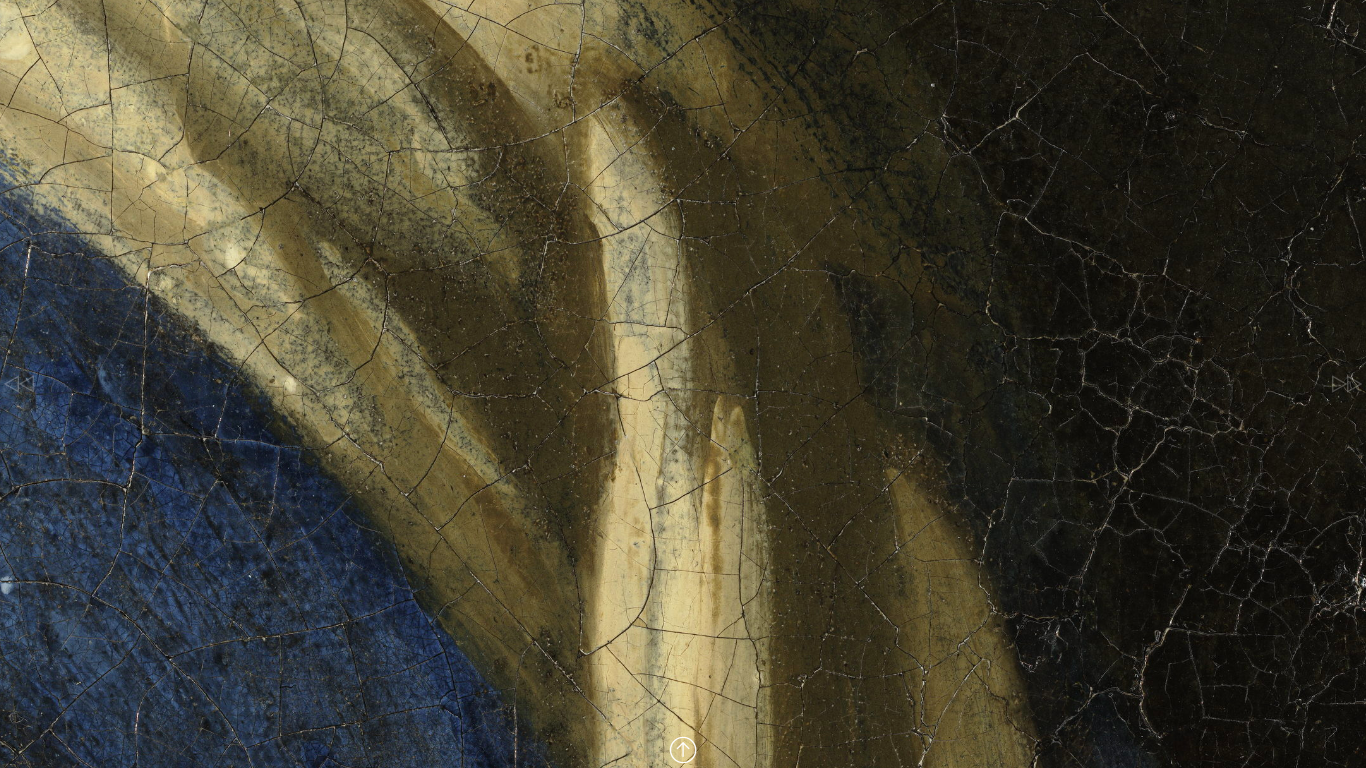On the final August morning of Woodstock, after a previous day’s downpour had turned most of the field near the stage into mud, after an evening of blues and rock and the comedown of whatever drugs had peaked everybody earlier, as the sunlight crept over what was left of the 500,000 music lovers, now less than half in number, wrapped in blankets and still vibing, Jimi Hendrix took the stage. Now, the Star-Spangled Banner wasn’t his final song, but it was a finale of sorts, a coda for a three-day event where love triumphed for just a little while over war, that war raging across the ocean in the similar mud of Vietnam. Hendrix ripped the National Anthem, with its famous lyrics about bombs and its hidden stanzas about slaves, a new one. He turned that guitar into its own kind of weapon, sounding like those jet bombers raining fire and napalm down, interrupting Francis Scott Key’s melody like a protestor begging to differ at the Chicago convention. Hendrix was going to send his audience out into America, back into society, with something to chew on.
“All I did was play it. I’m American, so I played it,” Hendrix tells Dick Cavett in the above clip from September 9, 1969, less than a month after the concert. “They made me sing it in school, so it was a flashback, you know?”
But there was more to it than that. Hendrix himself was a veteran. He joined the 101st Airborne Division in 1961 under duress—it was either that or jail. He lasted a year, discharged for “behavior problems,” “little regard for regulations,” and “masturbating in platoon area while supposed to be on detail.” Even while there, he had time to play guitar. Did this give him a “buffer” to lambaste the war? Not really. Right wing Americans tend to be very touchy about the anthem, and anything that strays from the usual army band arrangement brings distrust and nasty letters, as Cavett notes in the video. (And being a person of color surely had something to do with it too.) To wit: folk singer José Feliciano performed a soulful version of the anthem before Game Five of the 1968 World Series in Detroit, where the Tigers played the Cardinals. Nowhere near the coruscating version of Hendrix, but still the audience, even the players themselves, were divided.
Hendrix raised the game and the ire. It was all journalists wanted to ask Hendrix, hoping to goad him into a statement about the war. Hendrix didn’t take the bait. “We’re all Americans,” he answered at a press conference after the concert. “…it was like ‘Go, America!’”
But then the more telling line followed. “We play it the way the air is in America today. The air is slightly static, see.”
Cavett is kinder, allowing Hendrix to correct him when he calls the version unorthodox.
“No, no. I thought it was beautiful,” the modest musician says. “But there you go, you know?”
Related Content:
Jimi Hendrix’s Home Audio System & Record Collection Gets Recreated in His London Flat
How Science Fiction Formed Jimi Hendrix
Ted Mills is a freelance writer on the arts who currently hosts the Notes from the Shed podcast and is the producer of KCRW’s Curious Coast. You can also follow him on Twitter at @tedmills, and/or watch his films here.








